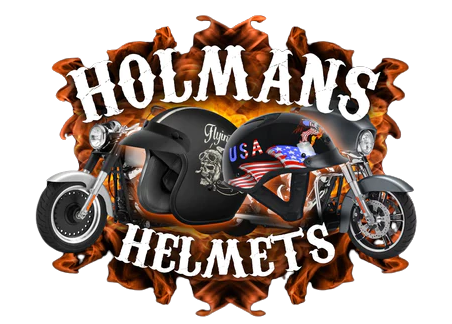5 Essential Factors to Consider When Buying a Motorcycle Helmet
1. Safety Certification
When selecting a motorcycle helmet, the safety certification is paramount. Helmets must meet specific standards set by organizations such as the DOT (Department of Transportation) in the USA, ECE (Economic Commission for Europe) in Europe, and Snell, which is a non-profit organization that sets even more rigorous standards.
Certification ensures that the helmet has undergone rigorous testing for impacts, penetration, strap strength, and other safety criteria. Here’s a quick reference to understand the common certifications:
- DOT: Mandatory in the USA, focuses on shock absorption, penetration resistance, and retention system effectiveness.
- ECE: Recognized in over 50 countries, includes tests for abrasion resistance, energy absorption, and visor quality.
- Snell: Voluntary certification with more stringent testing, often sought by racing professionals.
Remember, a helmet’s safety certification is a critical indicator of its ability to protect you in the event of an accident. Always check for the certification label inside the helmet before making a purchase.
2. Helmet Type
Choosing the right type of helmet is crucial for both comfort and safety. Full-face helmets offer the most comprehensive protection, covering the entire head and face. They are ideal for sport riders and those who want maximum safety. On the other hand, open-face or three-quarter helmets allow for greater visibility and easier communication but offer less protection to the face.
Modular helmets combine the benefits of full-face and open-face helmets with a flip-up visor that can be raised or lowered. Off-road helmets, designed for dirt bike and motocross enthusiasts, provide extra protection against debris but should be paired with goggles for eye protection.
When considering helmet types, think about your riding style and the level of protection you need. Your choice can significantly impact your riding experience.
Lastly, half helmets provide the least coverage but offer the most freedom and airflow. They are popular among cruiser riders but provide minimal protection in the event of an accident. Always weigh the trade-offs between comfort and safety when selecting a helmet type.
3. Fit and Comfort
Ensuring a proper fit is crucial when selecting a motorcycle helmet. A helmet that fits well will stay securely in place during a ride and in the event of a collision. It’s important to measure your head accurately and consult the manufacturer’s sizing chart.
Comfort is equally important for long rides. Look for helmets with adequate padding and an ergonomic design that aligns with the contours of your head. Features such as removable and washable liners can also contribute to overall comfort.
When trying on helmets, wear each one for several minutes to assess the fit and comfort level. Pressure points or excessive tightness can lead to discomfort over time.
Ventilation is a key aspect of comfort, especially in warmer climates or during summer rides. Here’s a list of features to consider for optimal airflow:
- Adjustable air vents
- Breathable liner materials
- Aerodynamic design to reduce heat build-up
4. Visibility
Ensuring clear visibility while riding is crucial for safety and comfort. A helmet with a wide field of view helps riders spot potential hazards and navigate traffic effectively. Look for helmets with anti-fog, anti-scratch, and UV protection features in the visor for an unobstructed view in various conditions.
Visor clarity is not the only factor; the design of the helmet can also impact peripheral vision. Some helmets offer better side visibility than others, which is particularly important for urban riders who need to be aware of their surroundings at all times.
When trying on helmets, make sure to check your field of vision in a riding position, as it can differ significantly from when you are standing upright.
Consider the following aspects of visibility when selecting a helmet:
- Visor quality and features (anti-fog, anti-scratch, UV protection)
- Peripheral vision capabilities
- Presence of integrated sunshade or transitions visors for varying light conditions
- Ease of swapping out visors for different riding times or preferences
5. Ventilation
Proper ventilation in a motorcycle helmet is crucial for both comfort and safety. Good airflow helps to prevent the visor from fogging up, maintaining clear visibility during your ride. It also plays a significant role in keeping the rider cool, especially in warmer climates or during summer months.
Ventilation systems vary from helmet to helmet, with some offering adjustable vents that allow riders to control the amount of airflow. It’s important to consider the climate you’ll be riding in and your personal preference for air circulation when selecting a helmet.
- Front vents: Allow fresh air in
- Top vents: Let heat rise and escape
- Rear exhaust: Expel warm air out
Remember, a well-ventilated helmet can greatly enhance your riding experience by keeping you comfortable and focused on the road ahead.
